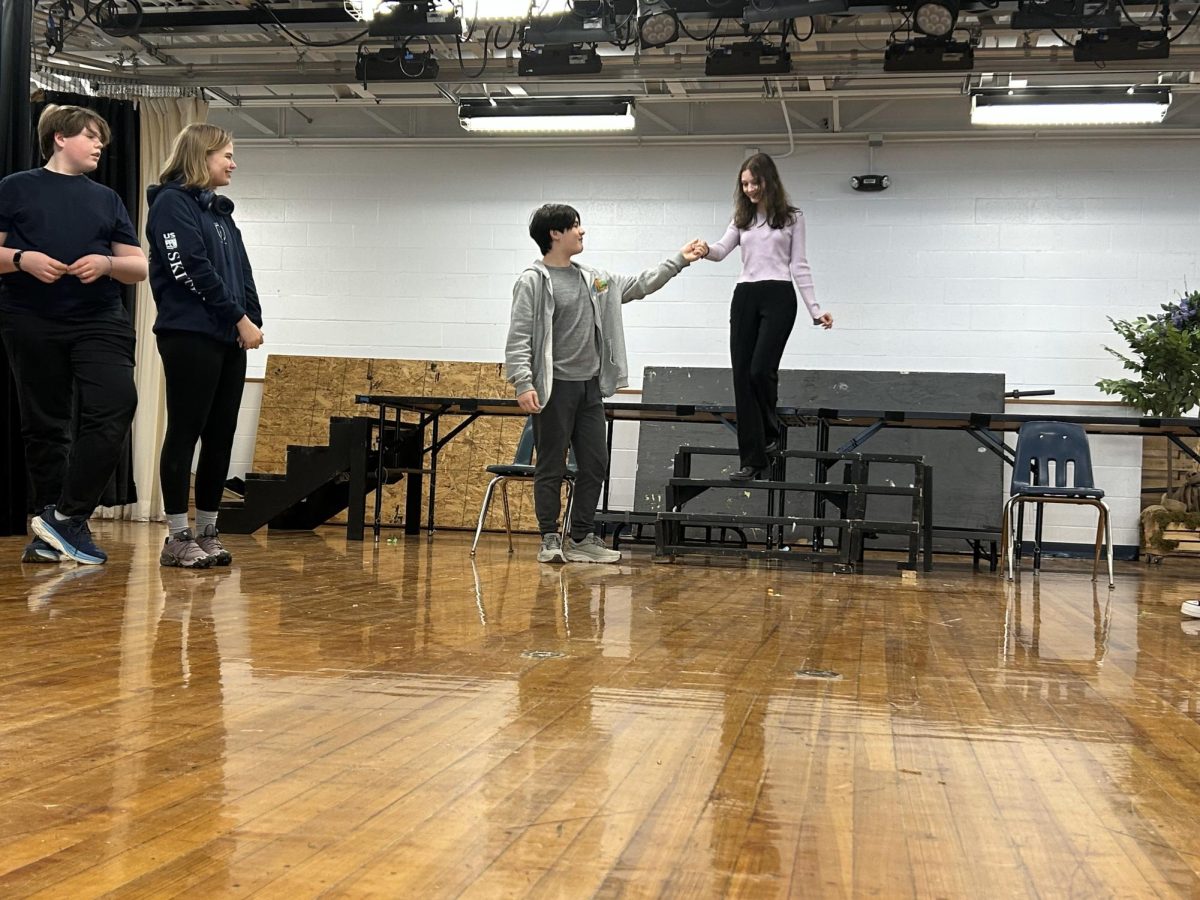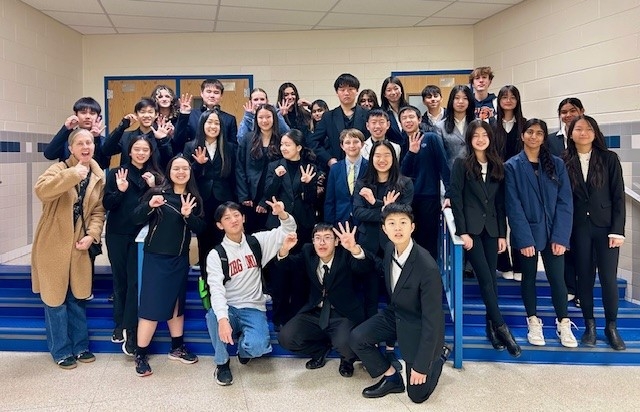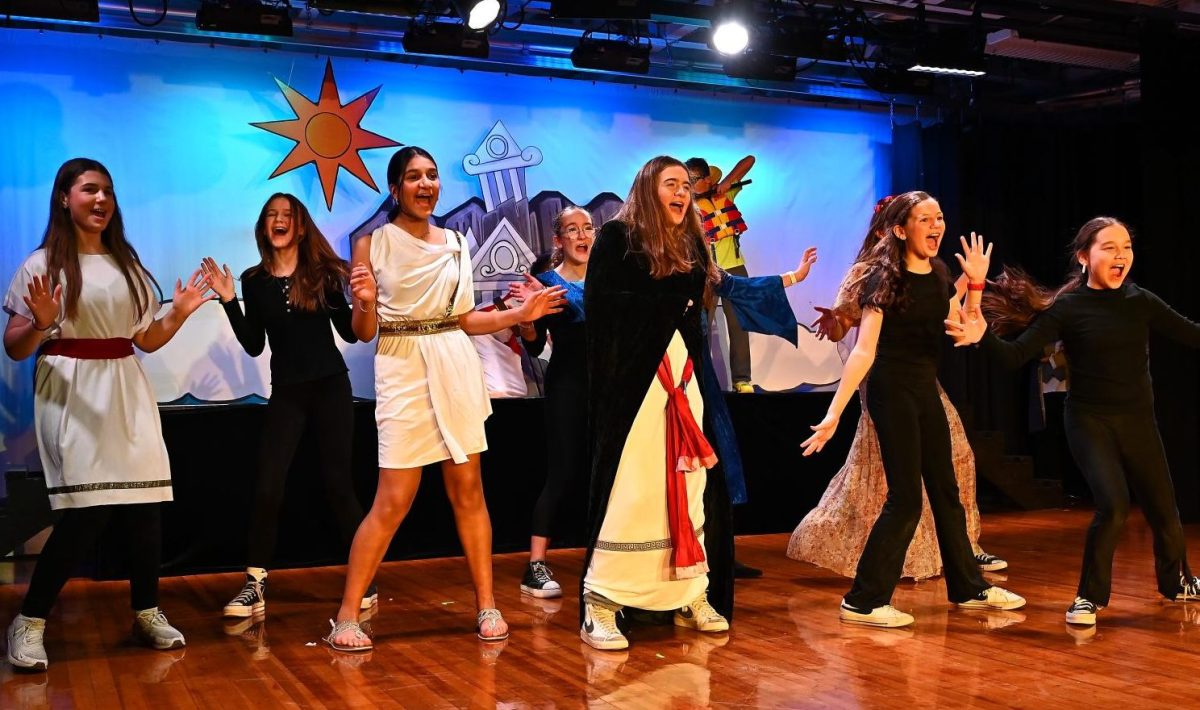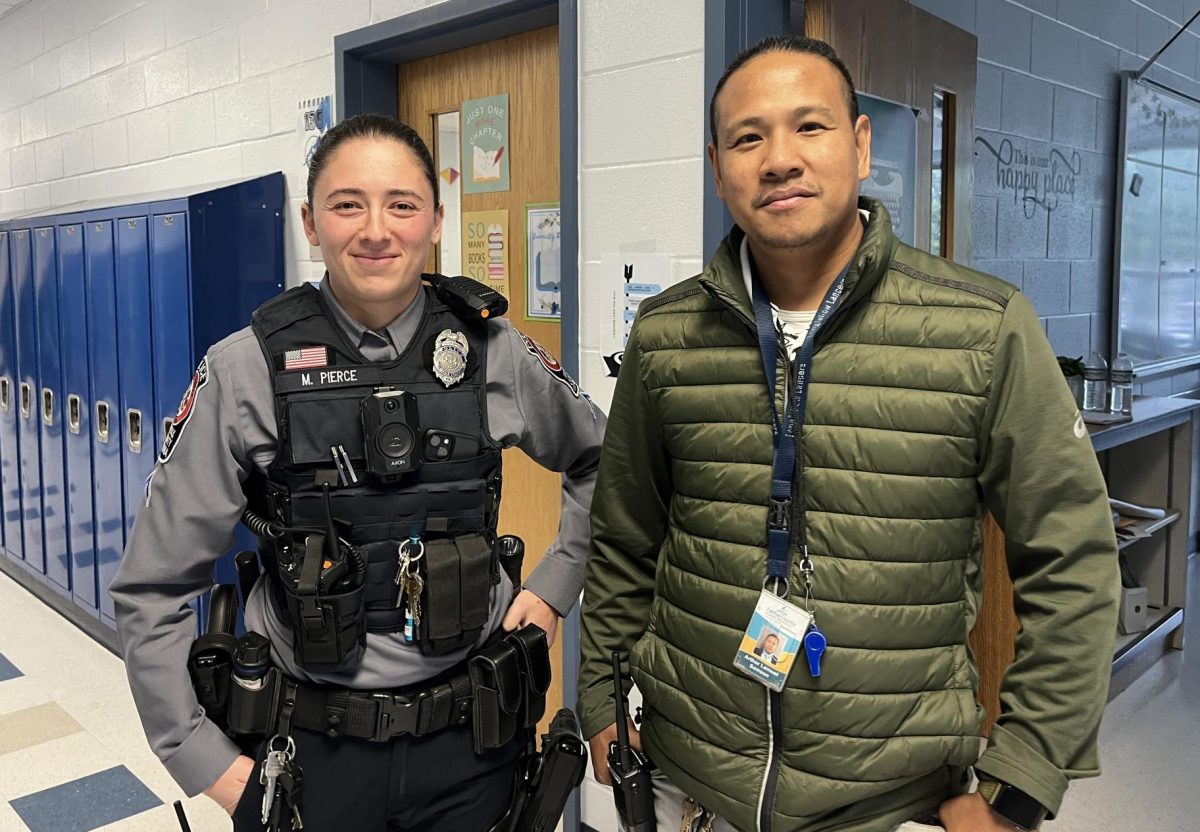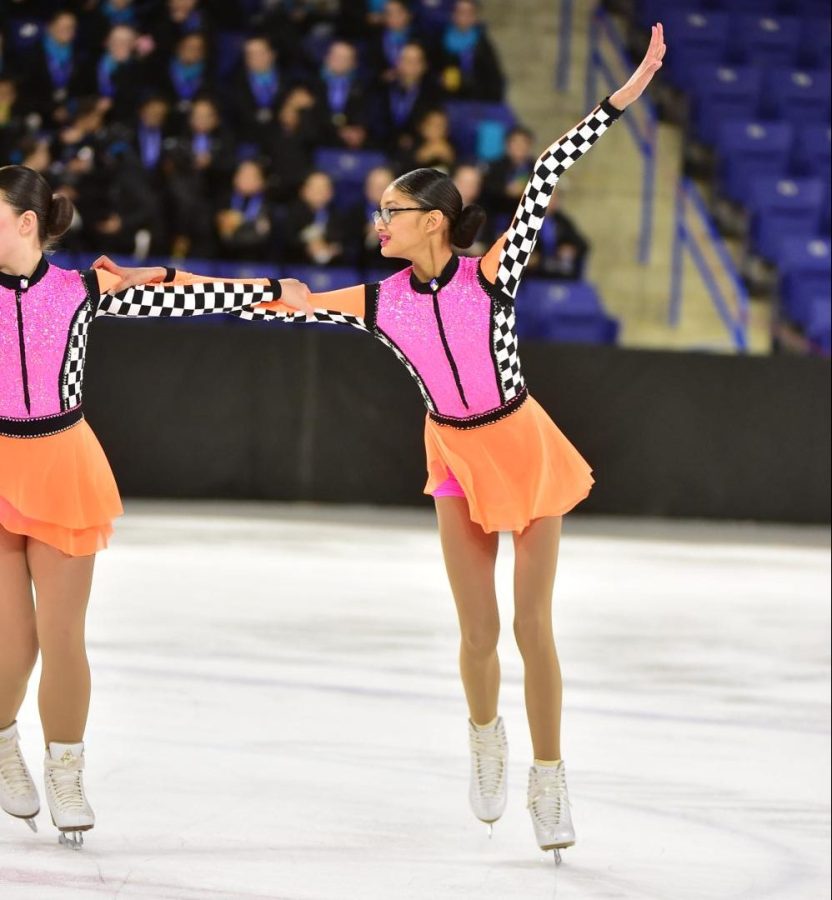Computers in Art teacher Kevin VanHall spent his summer in Okinawa practicing and preserving little-known ancient styles of martial arts. Mr. VanHall is dedicated to continuing the lineages of the Ryuhoryu Bukijitsu and Okinawa Goju Ryu styles that stem from hundreds of years ago and were passed down from Okinawan warriors trained at the Beijing Military academy.
“I started my martial arts journey when I was about four years old. It’s always been something I have been interested in or fascinated by. I just have always felt very passionate about it. And so it’s just been something I’ve done my entire life,” said VanHall.
He has practiced a variety of martial arts but chose to focus on these Okinawan styles. Ryuhoryu is more directly related to the Chinese warriors, whereas Goju Ryu was developed and modified from there.
“I was very interested in this because not only is it historical martial arts, but they’re incredibly rare. And me being somebody that’s always been interested in Okinawan karate, actually being able to learn these arts and preserve them and basically become part of karate history has been really awesome.”
Goju Ryu is the first officially registered style of karate. The style was officially named in the 1930s by Miyagi Chojun, a student of Higashionna Kanryo. Higa Seiko was another noteworthy student of Higashionna. Higa Seiko and Teguchi Seikichi (a student of both Miyagi and Higa) taught Zenshu Toyama sensei. VanHall sensei is carrying on this direct lineage of Goju Ryu under his instructor Scot Mertz ( a direct student of Toyama sensei). While in Okinawa VanHall sensei had the honor and rare opportunity to spend time with and test under Toyama sensei.
Okinawa is an area where people live to be very old and each contributor to the style lived for a long time so only a couple of generations go back a long time.
The Ryuhoryu style was developed by Scot Mertz from 2005 to 2014, with the intent of preserving the ancient martial arts from the Ryukyu Kingdom era. The style was created to keep the old ideas but also make them enjoyable.
People who dedicate themselves to fully learning these styles are part of preserving history. Truly dedicating yourself to mastering the styles is difficult, yet rewarding.
In Okinawa, VanHall sensei trained 4-5 hours a day and gave it his all every time.
“I would say the training, in general, it forges your spirit or your drive. The idea with the way that we train is that it’s supposed to make you a stronger individual, not just physically, but mentally and emotionally as well. The training can be very hard, and the idea is that you get forged through that process. You become a stronger person,” VanHall said.
Traveling to Okinawa was an important part of the process for VanHall sensei. Traveling is a crucial part of understanding the culture and getting closer to the history.
He visited many historic sites and places. One of his favorite places to visit was the Fukushuen near Kumi Village. It is a beautiful ancient Chinese garden that has a twin in China. The importance of the site is that it links Okinawa with China where a lot of the martial arts facets came from. There are a lot of references in monuments of the Chinese zodiacs, which are important in Ryuhoryu.
He also enjoyed an arduous journey to the Tadaki Falls. He had to ford a river, trek through dense jungle, and scramble over boulders to get there. Once he arrived, he meditated and performed kata (a special series of moves), under the crashing water.
The next step, after internalizing the material, is to help others learn.
“We look for people that are maybe interested in learning [these styles],” VanHall sensei said. “We also want people that are going to dedicate themselves to hopefully helping us preserve material.”
Being truly dedicated and passionate to a cause positively impacts your well-being and gives you a further purpose. Preserving the past has impacted Mr. VanHall physically and mentally. He is excited for the next generation to discover the intricacies of these styles, and to truly appreciate the history that has gone into a series of controlled movements. He now feels more driven to preserve the arts after this experience. Continuing the lineages, he shows his dedication through his actions and hopes to one day inspire others to find something that they are passionate about.



